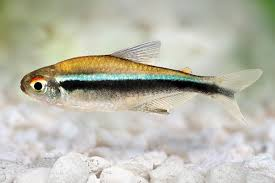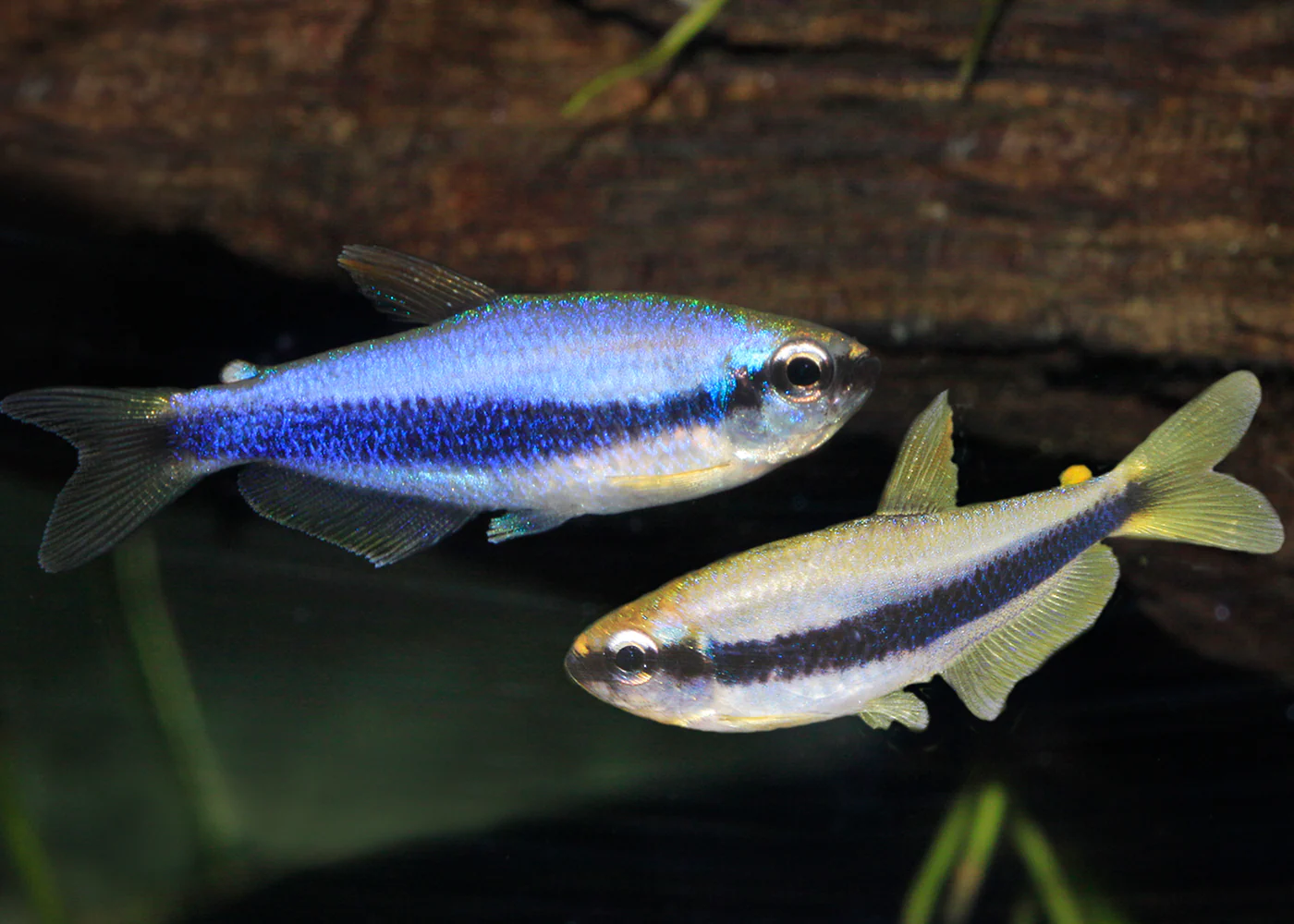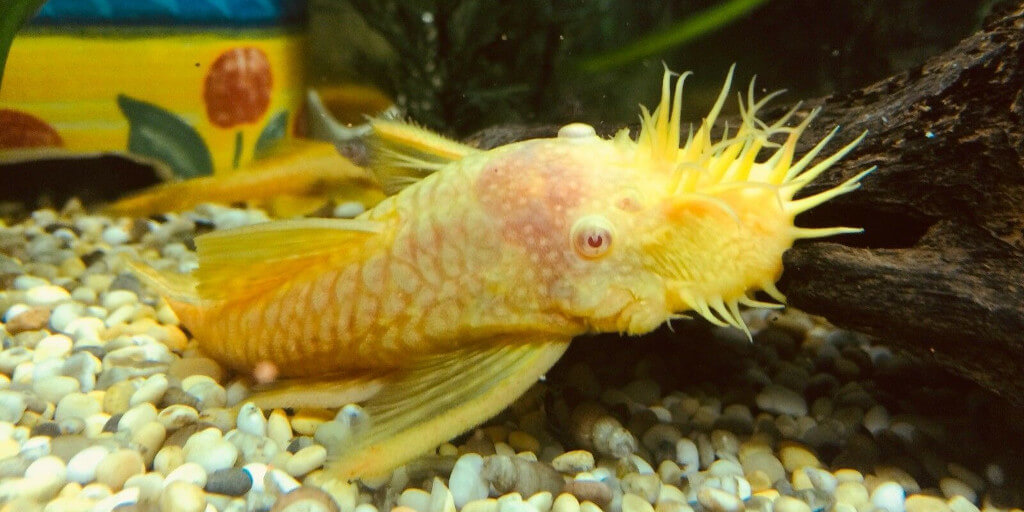Video of actual Fish
The Venustus Cichlid is indigenous to the rocky shores of Lake Malawi, one of the African Great Lakes renowned for its remarkable biodiversity. Within the lake, these cichlids inhabit rocky habitats along the shoreline, where they seek refuge among crevices and caves while foraging for food. Lake Malawi’s clear waters and abundance of rocky landscapes provide an ideal environment for these fish to thrive and display their vibrant colors.
Physical Characteristics: One of the most striking features of the Venustus Cichlid is its bold and majestic appearance. Adult males typically exhibit a striking combination of colors, including shades of blue, yellow, and black. Their bodies are adorned with intricate patterns and markings, adding to their overall allure. The dorsal fin of males often displays an elongated and pointed shape, further enhancing their regal appearance. Females, while less colorful, possess a subtle beauty with muted hues and delicate markings.
In addition to their captivating coloration, Venustus Cichlids boast streamlined bodies and elongated fins, characteristic of many species in the Nimbochromis genus. These features contribute to their graceful movement and commanding presence within the aquarium.
Behavior and Social Structure: Venustus Cichlids exhibit fascinating social behavior, particularly during breeding and territorial displays. Like many cichlids, males establish territories within rocky areas, which they vigorously defend against intruders. They often display elaborate coloration and fin extensions to assert dominance and attract potential mates.
During courtship, males intensify their coloration and perform intricate dances to court females. Once a pair forms, the female will lay her eggs in a carefully chosen spot, such as a rocky crevice or cave, while the male fertilizes them. Both parents typically participate in guarding and caring for the eggs and fry, demonstrating remarkable parental care.
Aquarium Care: For aquarists interested in keeping Venustus Cichlids, providing a suitable habitat is essential for their well-being and natural behavior. A spacious aquarium with ample rocky hiding places and caves mimics their natural habitat and allows them to establish territories and breed successfully. A sandy substrate is recommended to resemble the sandy bottoms of Lake Malawi and facilitate foraging behavior.
In terms of diet, Venustus Cichlids are omnivorous, with a preference for high-quality cichlid pellets supplemented with occasional live or frozen foods such as bloodworms, brine shrimp, or chopped seafood. Providing a varied diet ensures their nutritional needs are met and enhances their coloration and overall health.






Reviews
There are no reviews yet.